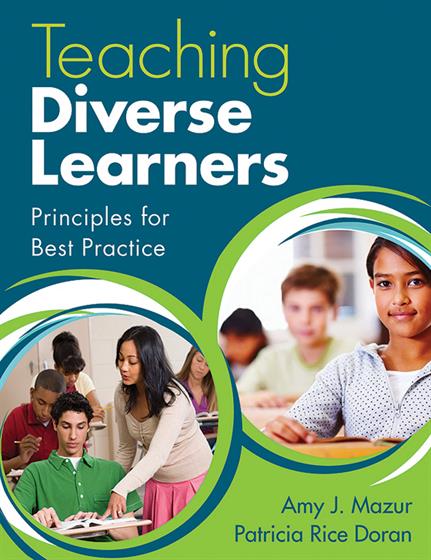Description
"This book is a useful text for districts trying to understand their ELL populations and for mainstream teachers trying to help their ELL students."
—Faith Chaney, ESOL Teacher
Hickory Hills Middle School, Springfield, MO
"A realistic guide to providing better educational opportunities for all in a diverse world. By addressing special or exceptional needs, cultural diversity, and general education populations across multiple disciplines, the book reaches out in ways not previously attempted."
—Robert H. Williams, Jr.
Associate Professor of English
Radford University
Practical guidelines and strategies for meeting the needs of every student in your classroom!
Based on current research, legislation, and best practices for the classroom, this user-friendly guide offers a comprehensive overview of everything teachers need to know to differentiate instruction for students who are culturally and linguistically diverse, as well as those who have or might have special education needs.
Amy J. Mazur and Patricia Rice Doran present strategies, case studies, guiding questions, extensions, and ready-to-use activities to make critical information accessible to busy PreK–12 teachers. The book helps educators:
- Understand key concepts, policies, and cultural issues for working with diverse learners
- Set up an effective, emotionally safe classroom
- Get to know students and their needs and strengths
- Adapt curriculum, instruction, and assessment to make learning accessible
- Collaborate with fellow professionals, families, and communities
By putting the vital information in this book into practice, teachers can meet the various needs of today's diverse classrooms and ensure academic success for all their learners!
Key features
- Includes case studies at the beginning of each chapter
- Offers ready-to-use activities for observation, assessment, and/or planning
- Provides flow charts, tables, and bulleted lists to make key concepts accessible
- A set of guiding questions at the beginning of each chapter provides teachers concrete ways to begin reflecting on, and implementing, culturally responsive teaching practices for students with their school communities
- Questions and extension activities provide teachers opportunities to work as individuals, collaboratively, and within the community at large
- A list of key concepts at the beginning and a glossary at the end of the book provide easy access to core terms and concepts




